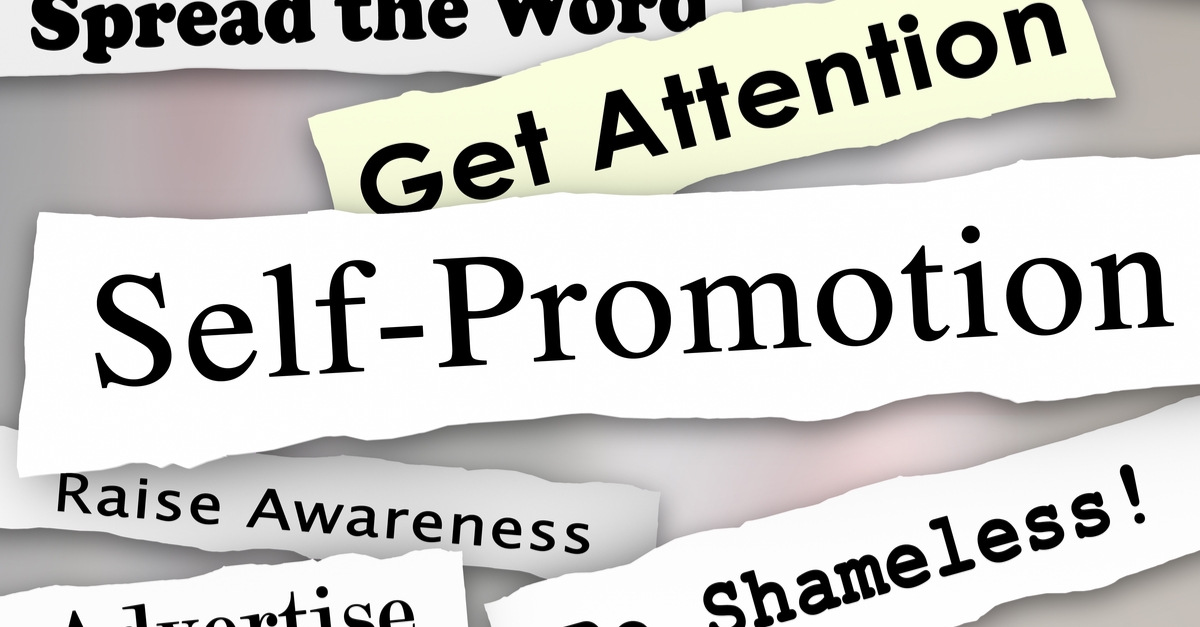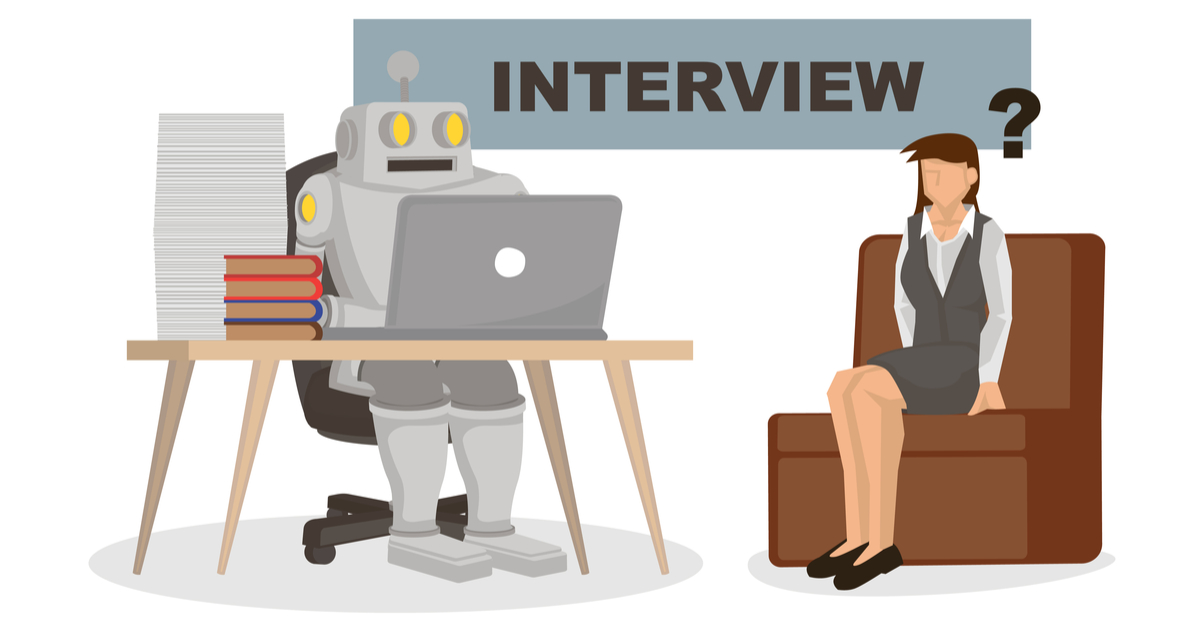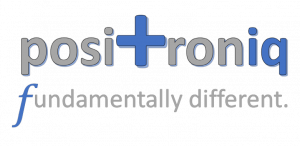
As an executive recruiter, I’ve placed countless high-achieving people in some of the most demanding positions around. I know what go-getters and mover-shakers are made of.
And I’ve noticed that it’s difficult – especially for seasoned professionals – to remember that effective work habits are about more than efficiency. Even with clear goals and carefully crafted resolutions, it can feel like you’re barely getting it all done.
To fix it, pay attention to your personal wellbeing.
Last year was fast and furious for me. I did what I needed to do but I didn’t do it the way I wanted to do it. I felt like I was letting myself down. I felt drained. And nothing ever felt finished.
I decided that I really need to take care of myself. Because if I don’t, I can’t take care of anyone else. Unless I implement self-care regimens systematically, by putting them on my calendar and to-do lists, I can’t keep up in a way that’s sustainable.
Here are a four ways I’m prioritizing my wellbeing to work and live with more productivity and joy:
Learn something just for fun
It’s imperative that I listen closely to my clients. So training my mind to stay in the moment is not just a nice idea, it’s an important skill.
To help me do this, I’ve taken up a new discipline: playing a word game on my iPad.
Sure, it’s a diversion that gives my brain a break from my daily routine.
But my main goal is to increase my vocabulary. Learning new words and creating my own appendix of them in the back of my notebook makes me more curious and engaged.
It’s also pretty fun. And science tells us that fun and enjoyment can encourage concentration, help us absorb new material, and build connections with other people.
(Even reading two pages of a murder mystery counts!)
Pen and paper
If I write out my plan for the day instead of typing it into a document, I’ve found that I’m able to keep track of my tasks more effectively. Not to mention that it’s satisfying to physically check a task off the list.
But the practice of using good old pen and paper to plan my day also sends me a subliminal message: If I write it down, it’s important; if I don’t write it down, it can probably wait.
Pen and paper = priority.
Mondays aren’t all that
So many of us have “go get ‘em!” expectations for ourselves when it’s the beginning of the week or the start of the year.
But if that doesn’t work for you (it doesn’t for me!) give yourself permission to be inspired at other times.
Start drafting a big, new idea on a Friday. If you feel more inspired by the sunshine, make July your own personal January, when you assess how your projects are going, re-group, set new goals, and spruce up your work systems. It’s all about what works for you.
(P.S. It’s OK to clean out your inbox on Monday morning!)
Always end on a positive
I try to offer myself a compliment at the end of the day, especially if it’s been busy or stressful. I get a lot of satisfaction when I see what I accomplished and how my work contributed to not only my personal goals and the goals of my company, but how I helped meet the goals of my clients.
Do the same for yourself: Find the positives and give yourself a pat on the back
And remember to laugh. We’ve got enough seriousness around us already. Savoring the fun moments of the day will help you stay positive and put you in a great mindset to start up again tomorrow.
Stay positive and happy. Work hard and don’t give up hope. Be open to criticism and keep learning. Surround yourself with happy, warm and genuine people. –Tena Desae









